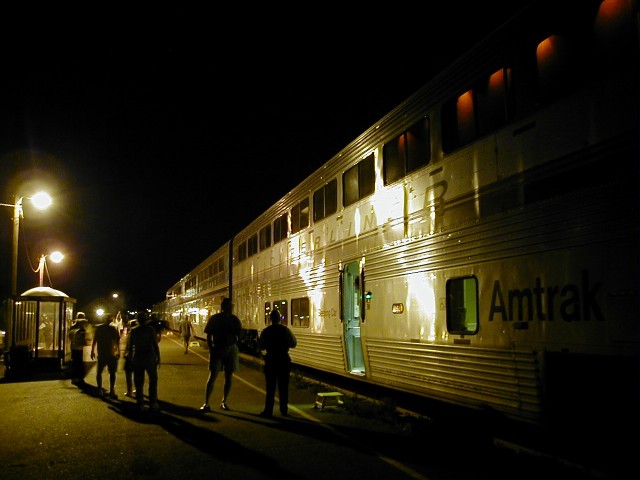Objective No. 1: More Frequency!
Amtrak’s long-distance system is—let’s face it—bare bones. For quite some time—for years, in fact—organizations like the National Association of Railroad Passengers (NARP) have been pressing Amtrak to increase frequencies on some of its routes.
In particular, NARP has been advocating daily service for two of Amtrak’s long-distance trains, the Sunset Limited (Los Angeles to New Orleans) and the Cardinal (Chicago to New York). Both trains operate just three days a week and that’s simply not good enough.
Just in the past couple of years, NARP has produced several public service radio announcements urging daily service for those two trains. The spots were professionally produced and sent to several hundred radio stations broadcasting in cities and towns all along both routes.
In my own case, there have been several occasions when I’ve been unable to schedule either of those trains because of their limited schedules. It’s pretty hard to justify leaving home two days early and spending two nights in a pricey Chicago hotel just so I could take the Cardinal to Washington instead of the Capitol Limited.

But increasing frequency just ain’t that simple. Even daily long-distance trains mean inadequate service for some travelers because, with just one train a day, there will inevitably be major metropolitan markets along their routes where the train arrives at inconvenient hours. For example . . .
The point is, more frequency means more convenient arrival and departure times at major metropolitan markets, and that, in turn, will mean more passengers generating more revenue.
All it takes is a plan, some determination, and money for a bunch of new equipment. Let’s hope Wick Moorman, Amtrak’s new president, is working’ on it!



